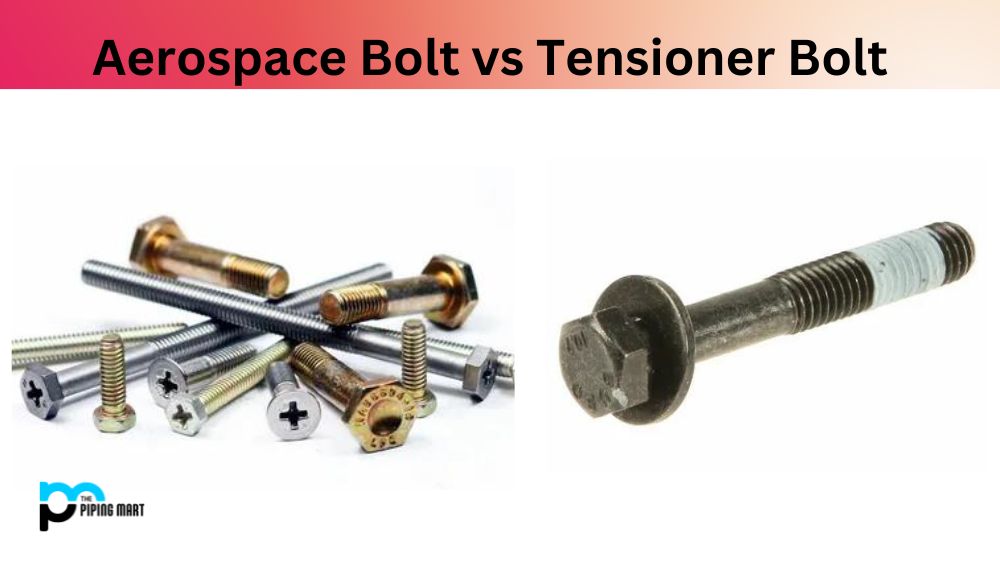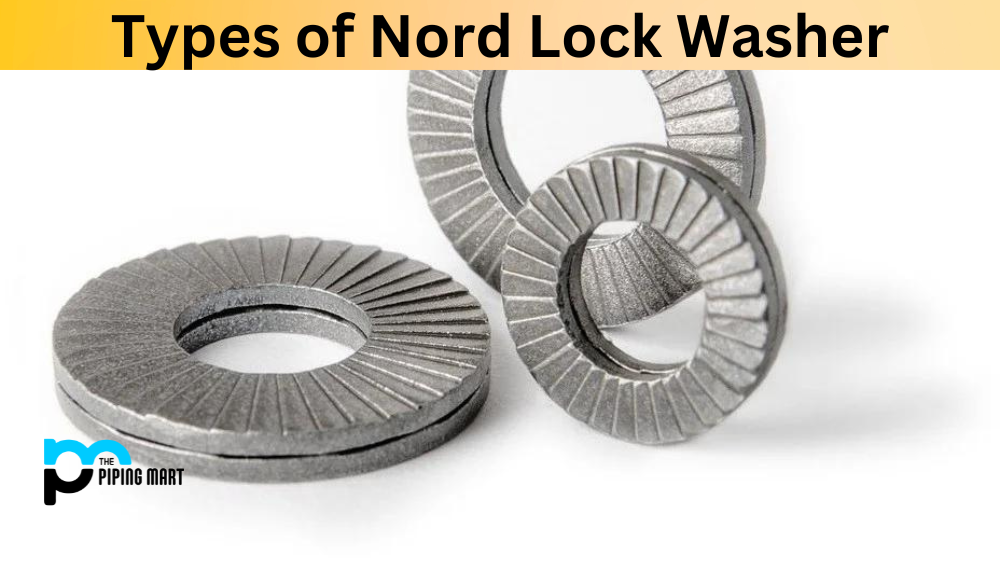Regarding aerospace and other high-performance applications, bolts are an essential component. Aerospace and tensioner bolts look the same, but their differences lie in their intended functions and, sometimes, material composition. This blog post highlights the differences between the bolts to help you understand when to use each type.
What is Aerospace Bolt?
Aerospace bolts are specially designed fasteners used to assemble and maintain aircraft, satellites, and other related aerospace components. They are made from corrosion-resistant materials such as stainless steel, titanium or Inconel and typically have a flat head with a hexagonal socket design for installation. Some aerospace bolts also feature quick-release mechanisms to facilitate vibration testing or removal during maintenance procedures. Unlike traditional fasteners, aerospace bolts provide superior strength, durability, lightweight, and precision.
What is Tensioner Bolt?
Tensioner bolts are used on threaded fasteners to ensure a tight fit and connection between the two components. They are hollow heads, locking ribs, and bolts usually made from steel or other metals. The bolt applies pressure against opposing threads, keeping them in place when tightened. They help prevent loosening due to vibration or torque on the connected components and can decrease maintenance time associated with nut/bolt connections.
Difference Between Aerospace Bolt and Tensioner Bolt
Purpose:
One of the key differences between aerospace bolts and tensioner bolts is their intended function. Aerospace bolts are designed to withstand high stress, temperature, and pressure. They hold aircraft parts together, secure structures, and prevent vibrations. On the other hand, tensioner bolts are primarily used in engine assembly to control tension in timing belts, chains, and pulleys. They are not intended to withstand high stress or pressure.
Material:
The materials used in aerospace and tensioner bolts vary depending on the application. Aerospace bolts can be made from high-performance metals such as titanium, steel, and aluminium. These metals are chosen for their strength, durability, and lightweight properties. In contrast, tensioner bolts are often made from materials such as steel or composite materials. The specific application determines the material choice to ensure optimal performance and safety.
Design:
The design of aerospace bolts and tensioner bolts also differs. Aerospace bolts are designed with precision specifications and tight tolerances to ensure optimal performance. These bolts often require special tooling and equipment to install and remove. Tensioner bolts, on the other hand, have a simpler design and are often easier to install and remove. They do not require the same level of precision as aerospace bolts.
Size:
Another difference between aerospace bolts and tensioner bolts is their size. Aerospace bolts are generally larger than tensioner bolts due to their intended use. They need to be strong enough to hold heavy aircraft parts together. In contrast, tensioner bolts are smaller and lighter. They control tension in engine components and don’t require as much strength.
Cost:
Finally, the cost of aerospace bolts and tensioner bolts is also different. Aerospace bolts are more expensive due to their specialized design, materials, and manufacturing processes. Tensioner bolts, on the other hand, are generally less expensive due to their simpler design and materials.
Conclusion:
In conclusion, while aerospace and tensioner bolts may look similar, their intended function, materials, design, size, and cost differ. Understanding these differences is crucial to selecting the appropriate bolt for your application. Using the correct bolt will ensure the optimal performance and safety of your aerospace or engine assembly project.




